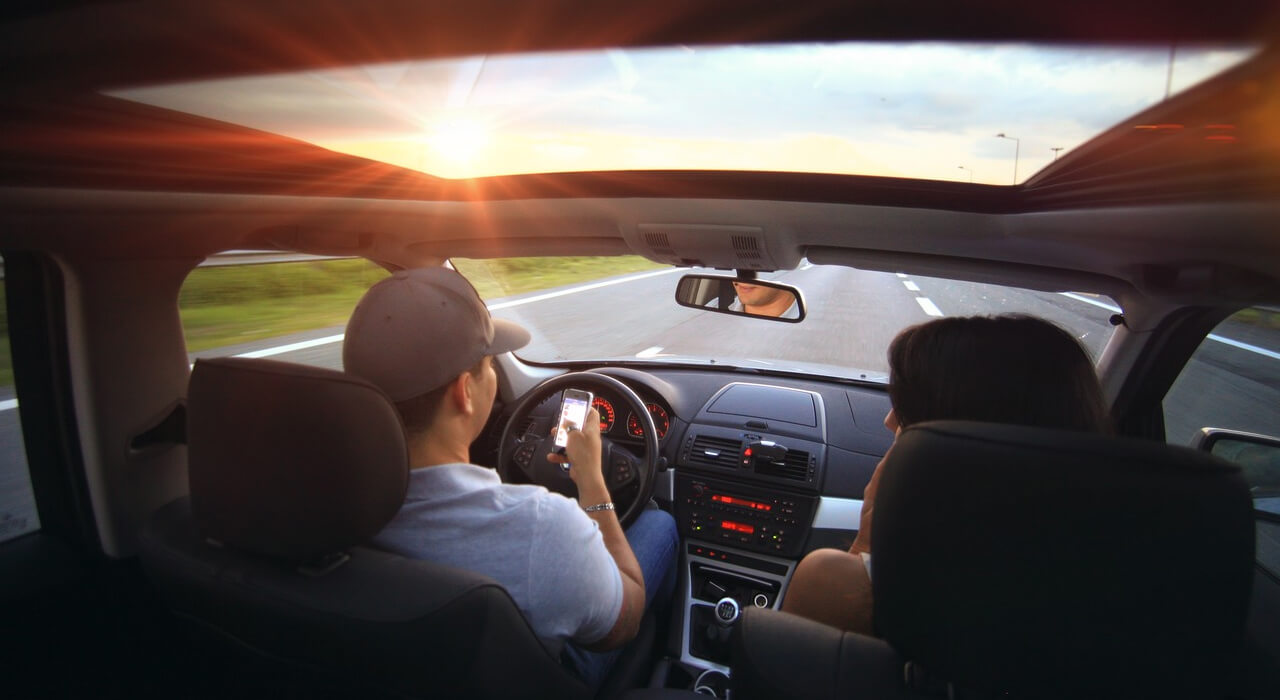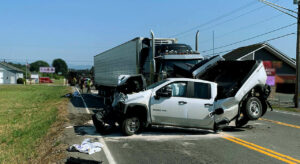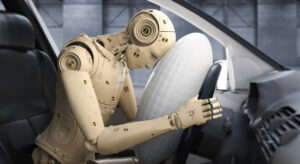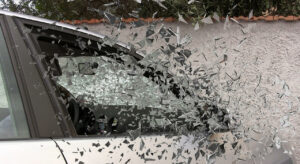In the digital age, distractions abound, especially behind the wheel. Distracted driving has become a leading cause of car accidents, posing a significant challenge when seeking accountability and compensation. However, with the right knowledge, evidence, and the help of a Kansas City car accident lawyer, proving that a driver was distracted at the time of an accident is possible. Let’s delve into the strategies and techniques for establishing driver distraction post-accident.
Identifying Signs of Driver Distraction:
Before delving into the methods of proving distraction, it’s crucial to understand the common signs that indicate a driver may have been distracted:
- Inattentive Behavior: Observing erratic driving patterns such as weaving between lanes, sudden braking, or failing to maintain a consistent speed can suggest driver inattention.
- Delayed Reaction: If the driver failed to react promptly to changing road conditions or hazards, it could indicate that their focus was elsewhere.
- Electronic Device Usage: Spotting a driver using a cellphone, texting, or manipulating electronic devices while driving is a clear indicator of distraction.
- Witness Testimony: Eyewitness accounts from passengers, pedestrians, or other motorists who observed the driver’s behavior leading up to the accident can provide valuable insights into their level of distraction.
Suggestion: 9 Affordable Best Large Sedans To Buy
Recognizing these common signs of driver distraction lays the groundwork for effectively investigating and substantiating claims of distracted driving, ensuring a comprehensive approach to seeking accountability and promoting road safety.
Proving That a Driver Was Distracted:
Various methods can be employed to establish driver distraction after a car accident, including police report analysis, cell phone records examination, accident reconstruction, surveillance footage review, expert testimony consultation, and consideration of driver statements.
- Police Report Analysis: The police report filed at the scene of the accident often contains critical information, including statements from involved parties and witnesses. Analyzing the report for any mention of distractions, electronic device usage, or erratic driving behavior can serve as a foundational piece of evidence.
- Cellphone Records: Requesting the driver’s cell phone records can provide concrete evidence of distraction if it shows activity such as texting or calling around the time of the accident. Timestamps of incoming or outgoing calls, text messages, or app usage can corroborate claims of distracted driving.
- Accident Reconstruction: Utilizing accident reconstruction experts can help recreate the sequence of events leading up to the accident. By examining skid marks, vehicle positioning, and other physical evidence, experts can determine if the driver’s actions were consistent with distracted driving behavior.
- Surveillance Footage: In cases where the accident occurred in a public area with surveillance cameras, obtaining footage of the incident can provide invaluable evidence. Reviewing the footage for signs of distraction, such as the driver looking down at their phone or engaging in other distracting activities, can strengthen the case.
- Expert Testimony: Consulting with experts in fields such as psychology or human factors can provide insights into the cognitive effects of distraction on driving behavior. Expert testimony can help establish the correlation between the driver’s actions and their level of distraction at the time of the accident.
- Driver Statements: If the driver admits to being distracted or engaging in distracting behavior, either at the scene of the accident or in subsequent statements, it can serve as compelling evidence of negligence.
Also Check: Top 7 Things To Keep In Mind When Buying An Electric Vehicle
By meticulously examining evidence such as police reports, cell phone records, accident reconstructions, surveillance footage, expert testimonies, and driver statements, a comprehensive picture of driver distraction can be constructed, bolstering the case for accountability and promoting safer road practices.
Legal Implications and Compensation:
Proving that a driver was distracted at the time of an accident can have significant legal implications, particularly in personal injury cases. Demonstrating negligence on the part of the driver can strengthen the injured party’s claim for compensation, including:
- Medical Expenses: Reimbursement for medical bills related to injuries sustained in the accident, including hospitalization, surgeries, rehabilitation, and ongoing treatment.
- Lost Income: Compensation for lost wages or diminished earning capacity resulting from injuries that prevent the injured party from returning to work.
- Pain and Suffering: Damages awarded for physical pain, emotional distress, and psychological trauma caused by the accident and resulting injuries.
- Property Damage: Coverage for repair or replacement costs of damaged vehicles and other property involved in the accident.
Establishing driver distraction not only strengthens the injured party’s claim for compensation but also plays a crucial role in holding negligent drivers accountable for the full scope of damages incurred, encompassing medical expenses, lost income, pain and suffering, and property damage.
Conclusion:
Proving that a driver was distracted at the time of a car accident requires thorough investigation, strategic evidence collection, and expert analysis. By identifying signs of distraction, leveraging available resources, and building a compelling case, injured parties can seek accountability and obtain the compensation they deserve. Additionally, raising awareness about the dangers of distracted driving and advocating for safer road practices can help prevent future accidents and save lives.







